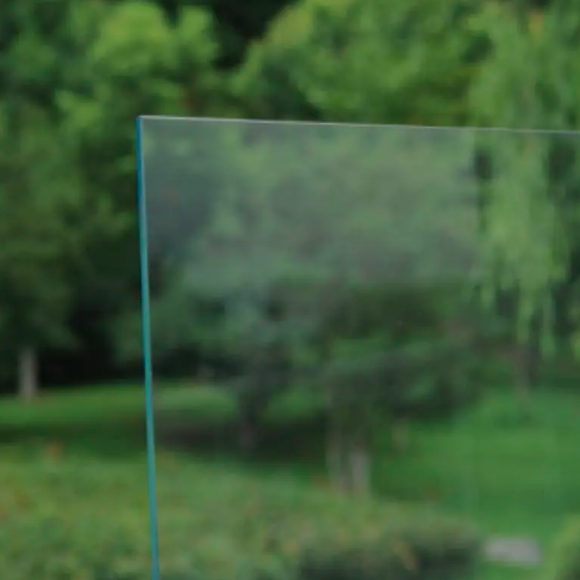As the world continues to grapple with the challenges of climate change and environmental sustainability, the field of architecture is undergoing significant change. One of the key developments in this evolution is the integration of solar glass into building design, paving the way for a more sustainable and energy-efficient built environment.
Solar glass, also known as photovoltaic glass, is a revolutionary building material that combines the functionality of traditional building materials with the ability to harness solar energy. By integrating solar cells into the glass panels used in windows, facades and skylights, architects and designers can effectively transform entire building surfaces into power-generating assets.
Integrating solar glass into building design can bring numerous benefits in terms of environmental impact and building performance. From a sustainability perspective, buildings equipped with solar glass can significantly reduce dependence on non-renewable energy, thereby lowering their carbon footprint. This is particularly important in the context of urbanization, as buildings account for a large portion of energy consumption and greenhouse gas emissions.
Additionally, the use of solar glass helps improve the overall energy efficiency of the building. By harnessing solar power, buildings can offset some of their energy needs, lowering operating costs and easing the burden on the grid. In some cases, buildings equipped with solar glass may even become net-zero energy structures, producing as much energy as they consume in a year.
In addition to its environmental and economic benefits, the integration of solar glass can have a profound impact on the aesthetics and functionality of building designs. Unlike traditional solar panels, which are often added to buildings as an afterthought, solar glass blends seamlessly into the building envelope, providing a sleek and modern look. This integration allowed the architects to maintain design continuity and create visually striking, light-filled spaces while harnessing the power of the sun.
In addition, solar glass can be customized to meet the specific needs of a project, offering flexibility in transparency, color and insulation properties. This versatility enables architects to tailor the performance and visual characteristics of the glass to suit the requirements of different building types and climates, further enhancing the overall design quality and user experience.
Looking ahead, integrating solar glass into building design will play a key role in shaping the future of the built environment. As advances in technology continue to lower costs and increase efficiency, solar glass is becoming an increasingly viable and attractive option for architects, developers and homeowners. With the potential to transform buildings into self-sustaining energy-producing entities, solar glass is a powerful tool in the pursuit of more sustainable and resilient urban landscapes.
In summary, integrating solar glass into building design holds great promise for the future of sustainable building practices. By harnessing the power of the sun and seamlessly integrating renewable energy generation into the built environment, architects and designers have the opportunity to create buildings that are not only visually striking and functional, but also environmentally responsible and energy efficient. As the demand for sustainable design solutions continues to grow, solar glass is expected to become an indispensable element in the toolbox of forward-thinking architects and become a defining feature of future buildings.
Post time: Apr-26-2024


